Using Sleeping Bags for Prepping
In today’s uncertain world, being prepared for emergencies and natural disasters has become very important. Prepping involves stockpiling essential supplies and developing skills to handle unforeseen situations. One item that often goes overlooked but plays a vital role in any prepper’s arsenal is the sleeping bag. While most people use sleeping bags for camping trips, they have many uses that make them an important tool in emergency preparedness scenarios.
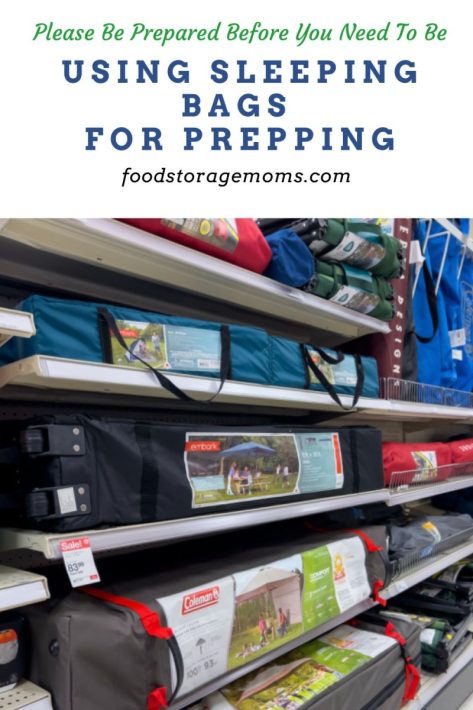
What is a sleeping bag?
Sleeping bags are an insulated bedding system designed for use during camping, hiking, or other outdoor activities. Many people need sleeping bags to help them stay alive in unique situations. Keep a few sleeping bags on hand, so that you can stay safe during an emergency. First Aid for Outdoor Adventures
Shelter and Mobility
When disaster strikes, having a reliable shelter is essential. However, a traditional tent may not always be readily available. This is where sleeping bags become indispensable. A new lightweight sleeping bag with its compact design, will offer a portable and efficient solution for shelter and mobility during emergencies. They allow preppers to quickly set up a makeshift sleeping area anywhere, whether it’s in a vehicle, a temporary structure, or even in the open air. How to Use a Tarp for Shelter
Protection from the Elements
Sleeping bags provide excellent protection against the elements, making them an essential tool for preppers. Designed to keep users warm in cold conditions, sleeping bags are equipped with synthetic insulation materials that retain body heat. In emergency situations, where heating systems may fail or be unavailable, a high-quality sleeping bag can be a lifesaver, preventing hypothermia and ensuring survival in harsh climates.
Sleeping bags also act as a barrier against other harsh weather conditions and extreme circumstances, offering protection against rain, snow, and strong winds. The synthetic material helps maintain body temperature by minimizing heat loss and shielding from external elements. Sleeping bags are great for many scenarios, including being stranded in a car during a blizzard or surviving in a temporary shelter during heavy rainfall. What You Need in Your Evacuation Shelter Bags
Emergency Medical Purposes
In some emergency situations, sleeping bags can be repurposed for medical purposes. They can serve as makeshift stretchers for transporting injured individuals safely and comfortably to medical facilities. Their durable tear-resistant materials and secure closures and seams make them suitable for immobilizing fractured limbs or providing support during evacuation.
Sleeping bags can be used as insulation blankets to keep patients warm during medical emergencies or prolonged waits for assistance. The ability to regulate body temperature can prevent hypothermia or heat-related illnesses, ensuring better chances of recovery.
Of course, having a sleep pad, pillow, and plastic sheeting for ground cover also comes in handy to keep injured or sick people more comfortable. That applies whether the type of emergency happens during a disaster scenario or when adventurers take risks, regular sleeping bags, those designed as cold weather bags, or a survival sleeping bag, can make the difference in life and death.
Barter and Trade
In a post-disaster scenario, the world may operate on alternate economies, and bartering becomes crucial. A high-quality sleeping bag can become a valuable commodity in such circumstances. It doesn’t have to be one of the best emergency sleeping bags money can buy, just one with decent temperature ratings. Its practicality and necessity make it an attractive item for trading, allowing preppers to obtain essential supplies they may have otherwise run out of.
Not only can sleeping bags be traded for other goods, but they can also be used to negotiate for services or vital information. Their versatility and utility give them an inherent value that can prove beneficial in post-disaster scenarios.
Why is a sleeping bag a good survival tool?
- Insulation – A sleeping bag provides insulation and helps retain body heat, which is crucial in cold weather conditions or during emergencies when shelter is limited.
- Protection – It offers protection against the elements such as wind, rain, and snow, keeping you dry and reducing the risk of hypothermia.
- Comfort – A sleeping bag provides a comfortable and secure place to rest, allowing you to conserve energy and sleep better in challenging situations, whether you have a tent or not. Having an emergency blanket and sleep pads just adds to that comfort, if available.
- Portability – Sleeping bags are lightweight and compact, making them easy to carry in a survival or emergency kit or backpack. They take up minimal space but offer significant benefits when needed.
- Versatility – Sleeping bags can serve multiple purposes beyond sleeping. They can be used as makeshift shelters, blankets, or even as extra padding and warmth beneath you to provide insulation from ground moisture.
Where do you put your sleeping bag when backpacking?
- Inside the backpack -One option is to pack your sleeping bag inside your backpack. You can place it in the main compartment along with your other gear. This helps protect it from the elements and keeps everything secure. Some of the new stuff sack, compression sack, and mummy-style units are very small and light when packed.
- Outside the backpack – Another method is to strap your sleeping bag on the exterior of your backpack. This can be done using compression straps or tie points on the backpack. Make sure to secure it tightly to prevent it from falling off or getting snagged on branches.
- Bottom of the backpack – Many backpackers prefer to store their sleeping bags at the bottom of their backpacks. This helps create a solid foundation and allows you to pack other items on top. It also keeps the weight centered and balanced.
- Top of the backpack – In some cases, you may have limited space inside your backpack. If this is the case, you can attach your sleeping bag to the top of your backpack, under the hood or lid. This is not always the most secure option, so make sure it is tightly fastened.
More Tips
- How Your Kids’ Toys Can Help You in an Emergency
- Emergency Prepping with Honey Bees
- How to Use Old Curtains for Emergency Preparedness
- How to Use the Ocean for Food in an Emergency
Final Word
If you are wondering how you can start using sleeping bags for prepping then these tips are for you! You just never know when you’re going to need a sleeping bag, so it’s best to just have one on hand as part of your bug-out bag so you’re ready for any type of emergency. Do you have sleeping bags ready for your emergency stockpile of supplies? May God Bless this World, Linda
Copyright Images: Sleeping Bags Depositphotos_648417310_S by ColleenMichaels, Sleeping Bag and Backpack AdobeStock_238289778 by New Africa

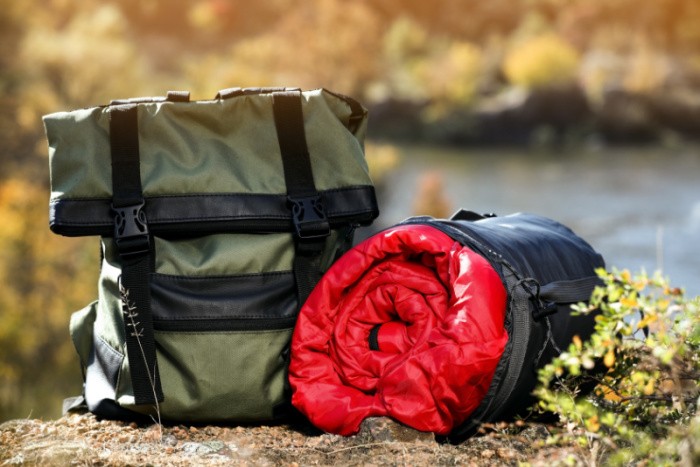

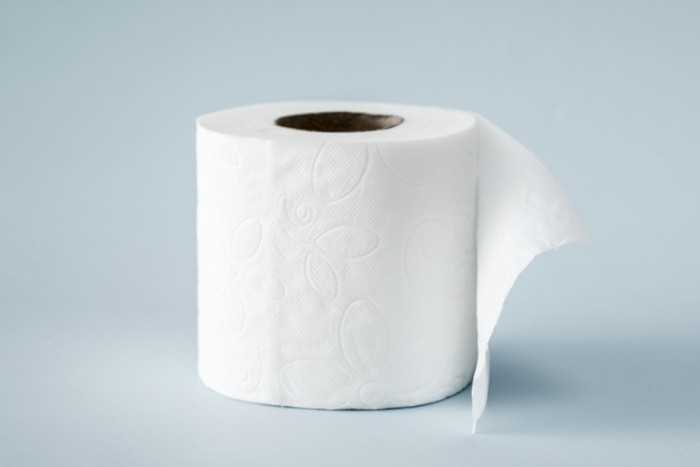

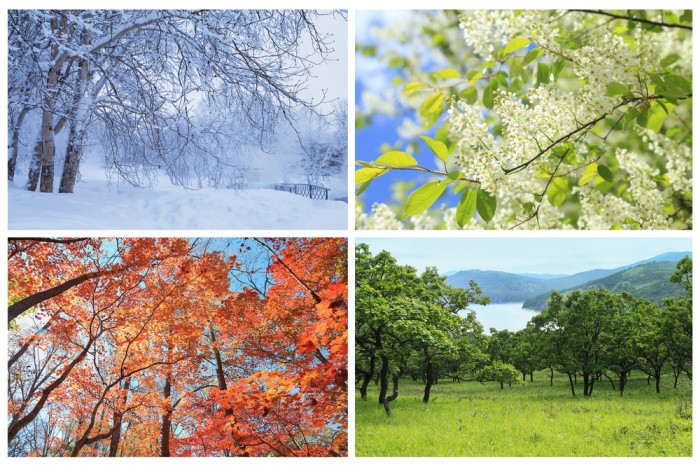
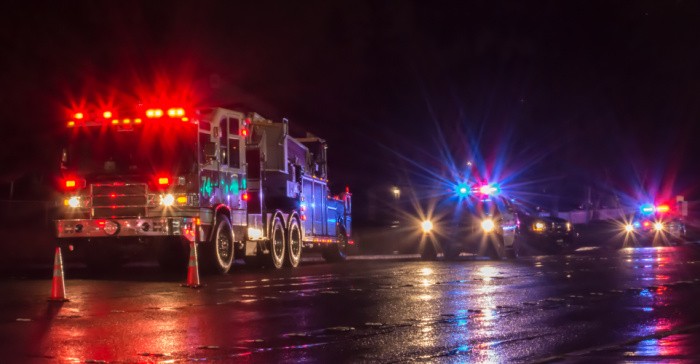
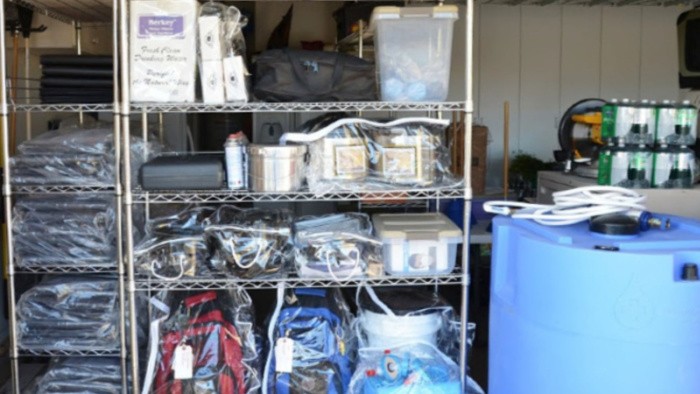
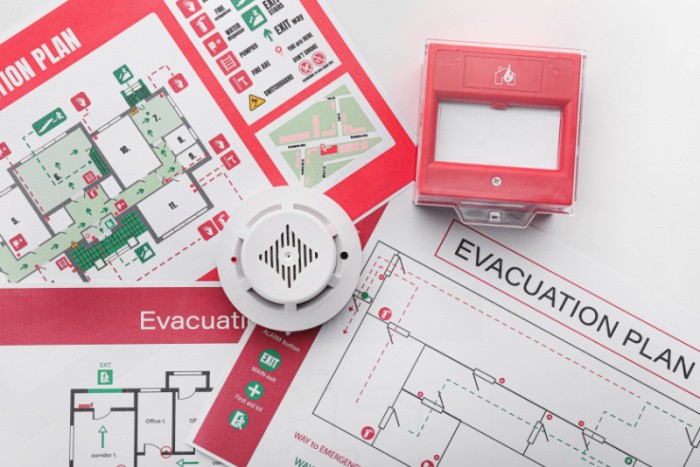
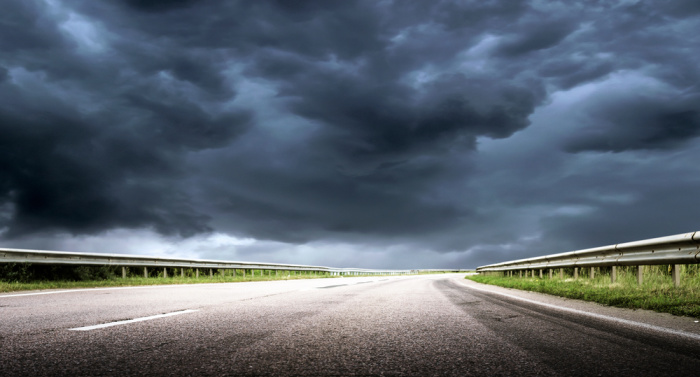


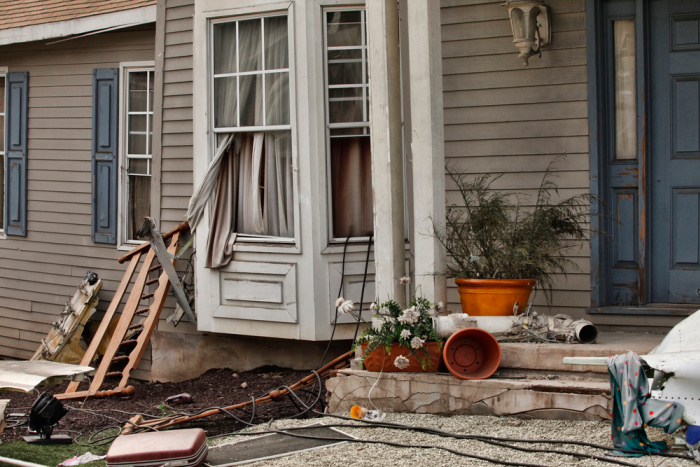
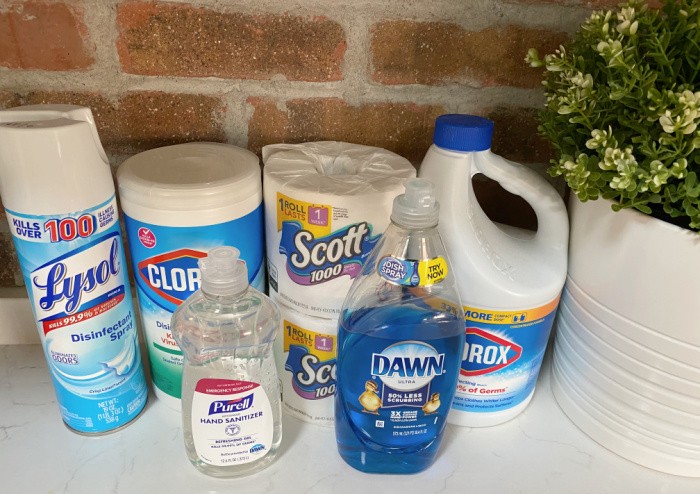

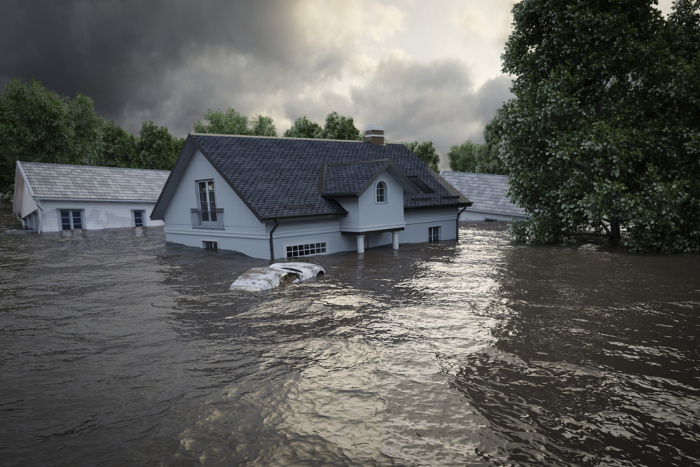


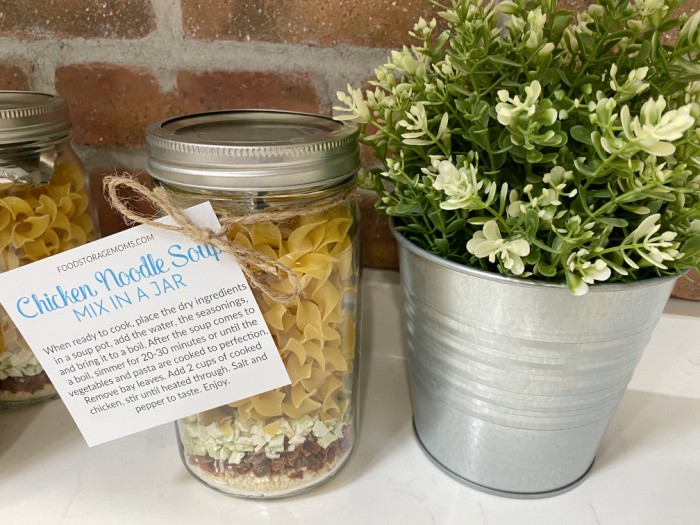
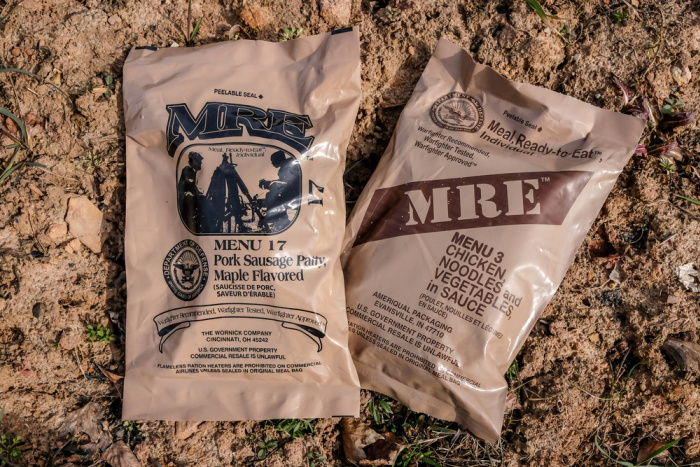


When backpacking, I am of the school that you put the bag on the bottom of the pack, for the reasons you listed above. I use a good compression sack (which is water-resistant or labeled waterproof), and further line that with a trash bag to make sure that the sleeping bag stays dry. A lot of stuff that goes wrong can be worked around, and we can build shelters in the rain, but a wet sleeping bag is no fun at all and no workaround 🙂 Good article!
Hi Clkark, oh you nailed it, a wet sleeping bag is not fun at all! I like the water proof bag idea! It’s a must! Great comment, Linda
Another excellent article! Off to buy another sleeping bag and check that our children still fit into theirs!
Hi Carrie, oh my gosh, our little ones grow so fast! Good idea to go check them. I had some sleeping bags for the desert but we moved, so I’m ordering some “colder” ones. I need to get on that! Linda
Linda, please remind people that the mylar emergency sleeping bags are only really useful if they are insulated, like on a pile of leaves. The cold ground will suck heat very quickly. That goes for regular sleeping bags also. In scouts, they taught the kids to put an extra layer below yourself if you were cold. Many times that helps more than on top–but you need both… 😉
Hi Jan, you are right, we don’t want to be wet or cold, thank you for the reminder! Linda
Linda, I was an outfitter for several years and conducted 8 years of June weather along the shores of Lake Superior. The biggest difficulty was to decide what temperature range sleeping bags should be.Everyone seemed to be fixated on the coldest. To the point: Instead of buying one low temperature bag, buy two moderate temperature bags, using one during moderate temperature, inserting one into the other when temperatures dropped. And I love picking up mid-range sleeping bags at 2nd-hand stores, making sure they’re washed. I’ve picked them up at garage sales for $2-$5.00. They have multiple uses: cushions, a place to store and hang things, etc
HI Dave, oh I love this idea, because then if it gets colder I have 2nd sleeping back as a backup! I have seen some on clearance, at thrift store and some are brand new and barely used. Great tip! Linda
If it’s real bad and things have gone south they can be used as body bags
I have both and will put my sleeping bags inside of the body bags for full weather protection if necessary!
Hi Ralph, oh this is a great idea, you will stay drier for sure!! Linda
I have 12 or more sleeping bags most came from garage sales and thrift stores .I like the mummy bags and if it real cold I put one in side another one I find some with bad zippers and try to get them real cheap and use them for extra cover up or ground pads. I made a winter kit for my son to have in his car with 2 sleeping bags and other things if he and his wife get stranded in a snow storm also in my better half car I have found some realy nice bags at sales.
HI Steve, oh I love this comment, LOVE IT! Great tip on the garage sales and thrift stores! Linda